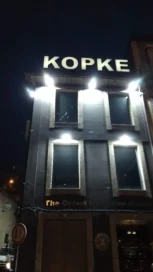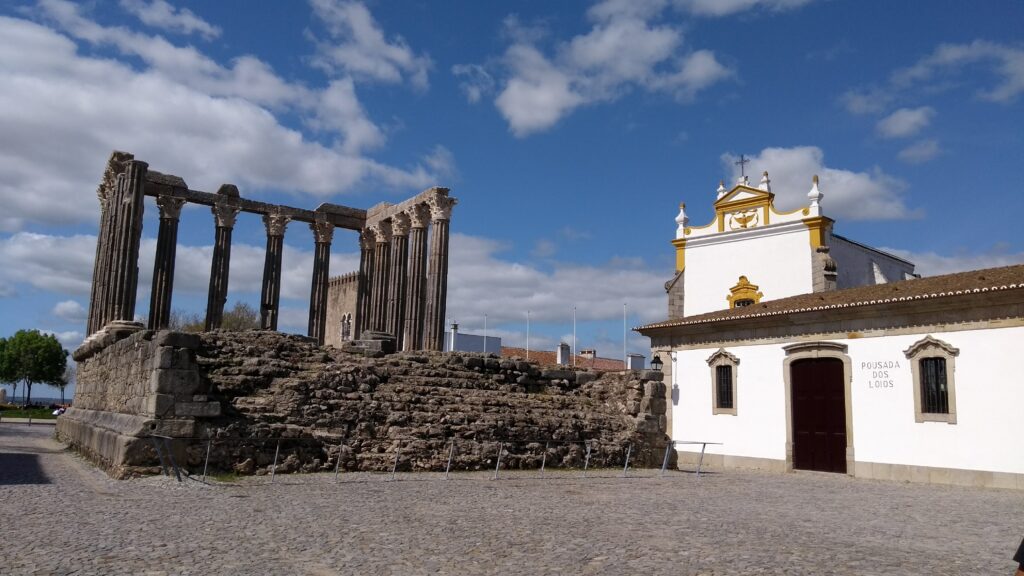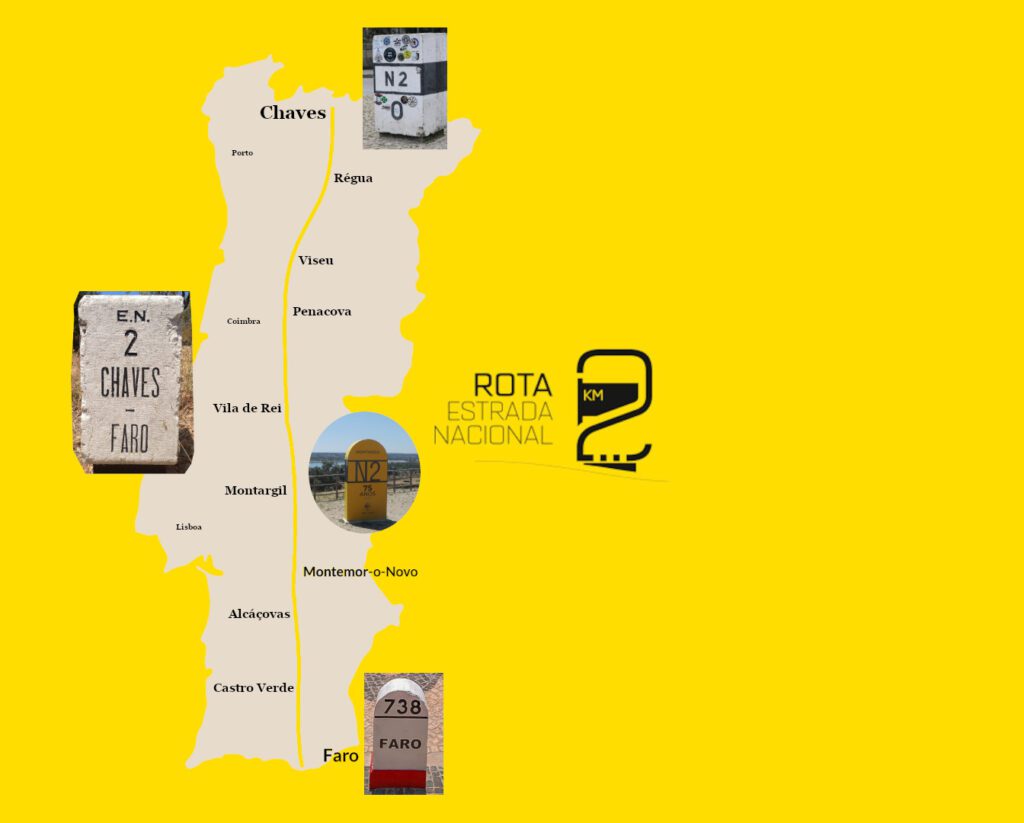Welcome in the invincible city of 6 bridges over the Douro river
In the cradle of Portugal, you find the second largest city of Portugal. We find this passionate city in the north of the country. Welcome in the city which is famous for his port wine and his 6 bridges over the Douro river: Porto. Or, in Portuguese you will many times find "o Porto". Read this post and discover more about this invincible city of 6 bridges over the Douro river.
keywords:
#porto, #cradleofportugal, #portwine, #6bridges, #douro, #river, #invincible
6 Bridges over the Douro river
"Connect the 2 sides of the Douro river"
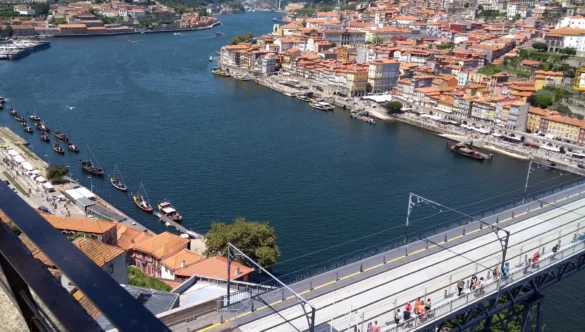
When you arrive in the old historical part of the city, you discover immediately the characterizations of the city: the Douro river and the bridges connecting each side of the river together. Porto has a total of 6 bridges over the Douro. But, not all of them are still in use today. Some are for the main car traffic, one for train traffic. But the most impressive and famous bridge is the Dom Luiz I bridge in the city center. In the next paragraph you read more about this historical bridge.
"Dom Luiz I"
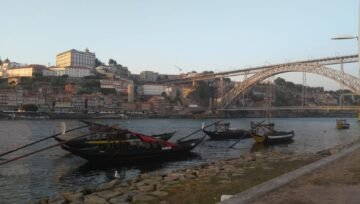
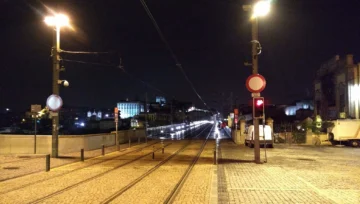

Explore the Dom Luiz I bridge, connecting São Bento and the Ribeira with Vila Nova de Gaia. This bridge, located in the center of the city, is from the hand of Théophile Seyrig, a pupil of Eiffel. Yes, we are talking about the legendary Gustave Eiffel who also built the iconic Eiffel Tower in Paris. Seyrig was employed by the Belgian company Société Anonyme de Construction et des Ateliers de Willebroeck. This 2-deck bridge has a height of 45m, a lower span of 172m and a top span of almost 400m. The lower deck accommodates main traffic, while the top deck is the home of the metro and has a pedestrian walkway. The Dom Luiz I bridge is based on the Maria Pia bridge, a railway bridge, located approximately 1 km away. Both bridges have the same typical metal construction style that is synonymous with Eiffel’s work.
"The old bridge in the city center"
There wasn't always this wonderful bridge. Before this bridge, already another bridge connected the parts of the city together. In the 19th century, you found the Ponte das Barcas in the place of the Dom Luiz I bridge. When Napoleon tried to invade the city in the beginning of the 19th century, thousands of inhabitants fled together across this bridge. Due to the weight, the Ponte das Barcas bridge broke. It was the death of around 5000 people. This was the end of the old bridge over the river.
"Discover all the bridges"

Book your boat tour on the Ribeira to discover the 6 bridges over the Douro river. Also it is a nice way to see the city and river sides from another viewpoint. You don't want to miss this. So, this is a nice must do.
Monuments to discover
"Why is Portuguese coffee so unique?"
Unesco in Porto
"A wonderful city to discover"
The historical city center, the Dom Luiz I Bridge and the Monastry of Serra do Pilar are all UNESCO World Heritage. So, in Porto, you make wonderful walkings and discover a lot of great hotspots.
The Clérigos square
"The lighthouse of the city"
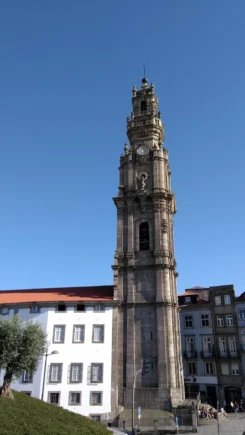
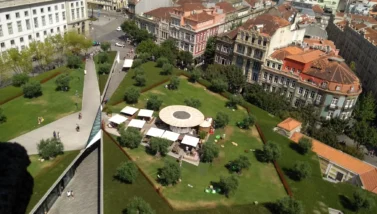
A nice tower looks over the city from inside the city center. It is the Torre dos Clérigos. From 1910, this tower also works as a light tower for the port. Together with the church it is a baroque building from the 18th century. You have to take around 225 stairs to reach the top of the 75m high tower. Overthere, you get one of the most wonderful 360-views over Porto.
"A famous book store"
Near this tower, the famous Livraria Lello is situated. This bookstore is so famous that you it has no free entrance. Firstly, you have to buy a ticket to enter this bookstore and in most case wait a long time in the row to enter. This entrance ticket will be payed back when you buy a book.
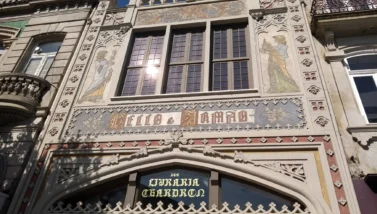
Book your tickets now online. So, you skip the first line where you have to buy your ticket. In this case, you immediately can take the second line to enter the bookstore.
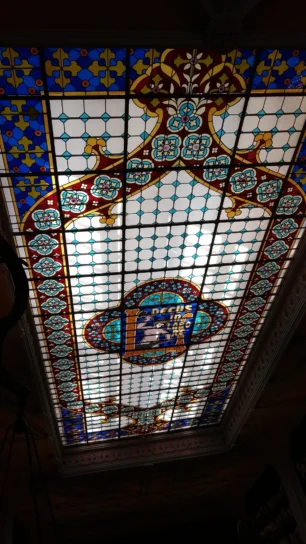
The heart of the city center
"Aliados"
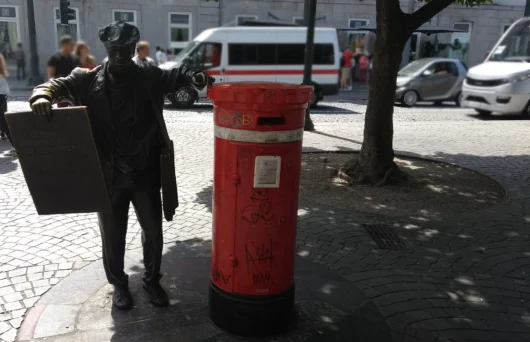
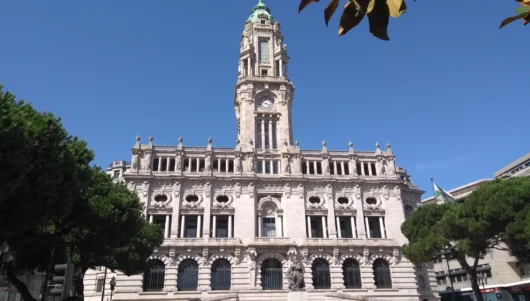
Walk down from the Clérigos tower through the main street, now you will reach the heart of the city center of Porto. The first main square you pass at your left side is Aliados. This is the place of all the traffic in the city center. At Aliados, you'll also find the city hall of Porto.
"São Bento"


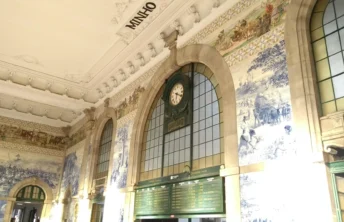
Walking further the street, there appears another wonderful and famous building of Porto. Now, we arrive at the well known São Bento station. This is the central train station of Porto with a nice entrance, full of Azulejos. The typical blue painted tiles in Portugal. They tell the history of the city of Porto. Don't leave this place without taking a look inside the São Bento station to impress yourself. Further down, you can walk to the top of the Dom Luiz I bridge and the old part of the city near the Cathedral.
"The commercial association"
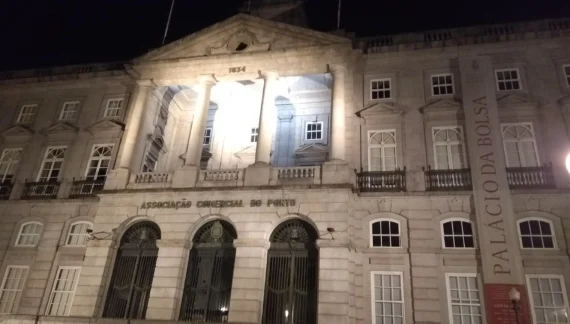
At the other side of the Clérigos tower, you reach the Palácio da Bolsa. In this 19th century aged building always was and still is the head office of the Commercial Association situated. The building has amazing rooms and is still used for trade missions. Now, this palace also is a National Monument. So, you are able to visit it as tourist, but only with a guided tour. It is a must see palace in the city. You will be impressed, I promise you.
Porto City Card
When you buy a Porto city card, you can get a discount or a free entrance to discover all the wonderful monumnets of Porto. Also your public transport is included in the card.
The mouth of the Douro river in the Atlantic Ocean
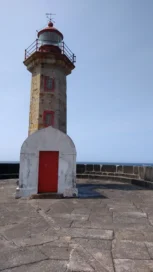
"Foz do Douro"
Now it is time to take an old tram near the Palácio da Bolsa. Drive along the Douro river and this tram brings you to the mouth of the river in the Atlantic Ocean. A nice place to pass your time, walk, swim and so on. Foz do Douro is the name of the place near the Atlantic Ocean.
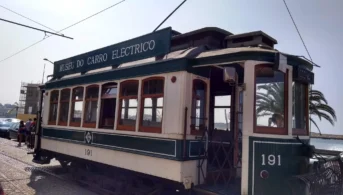
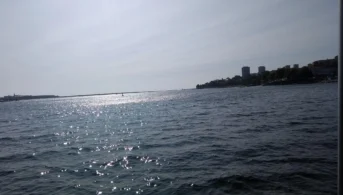
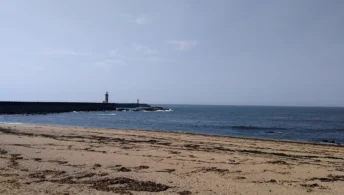
The shopping heart of the Douro city
"Let's shop in Bolhão"
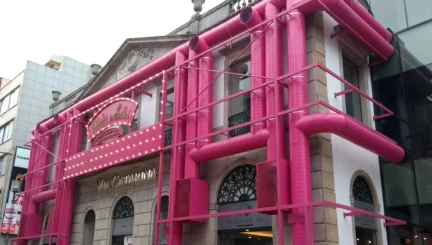
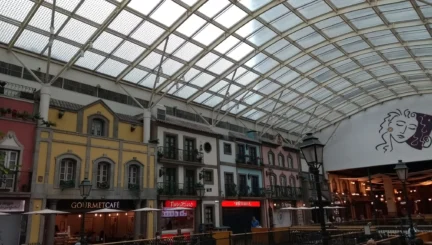
Look to the Câmara Municipal on Aliados and go to the right side. Over there, you’ll reach the Rua Santa Catarina and Bolhão. This is the shopping street of Porto, with the Vila Catharina and wonderful Mercado do Bolhão. During a long time, this market hall was renovated. In 2022, the Porto's historic market hall reopened again for the public. So, the Mercado do Bolhão can flourish again in all of its glory.
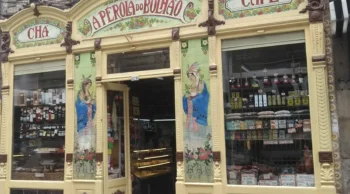
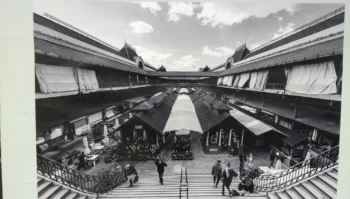
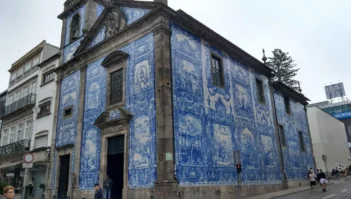
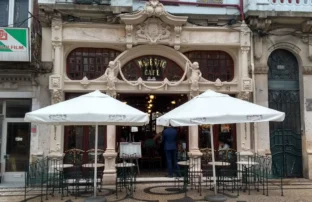
"Time for a break"
Also in the Rua Santa Catarina, you find Café Majestic. It is a famous hotspot through its typical wonderful 1920’s Art Nouveau style. Many tourists mark it as a favorite place to sit down and taste a coffee or um Vinho do Porto with a great dessert.
The Ribeira near the Douro river
"The lower part near at the river side"
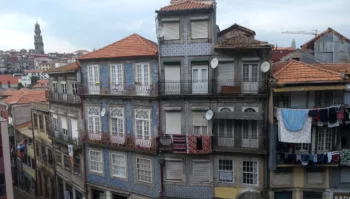
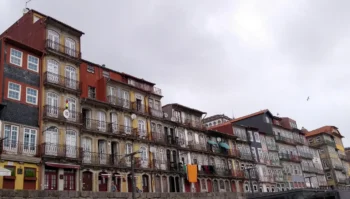

Finally, it is time to travel down to the river. Here pops up the old town. Near the river, you find the typical atmosphere of Porto. Now , we are at the Ribeira where the city is full of life near the wide Douro river. You discover the small streets and colorful houses. This is one of the most famous views of the city. In front of you, you see Vila Nova de Gaia with all the port houses. For the best color spectacle in Porto, the Ribeira is the ideal place be. Make a morning walk at the time of the sunrise or in the evening at dinner time for a wonderful sunset view. You will love the color palette. These are the moments of the day that the colors of the buildings are fascinating and give relaxation. Enjoy the moment and let it come to you.
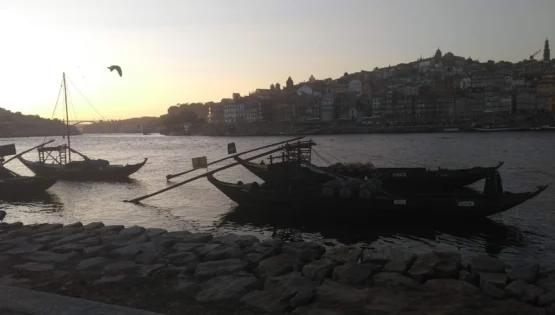
Discover Porto by yourself
Now it is time to visit Porto by yourself. And yes, Porto is ready for you. Click the buttons below to find your perfect flights and stay to visit this charming city beside the wonderful Douro river in the north of Portugal. Go for it!
Porto vs o Porto / Oporto
"Which one is correct?"
Perhaps you already will discovered it by yourself. Sometimes they write Porto, sometimes you see o Porto, oPorto, Oporto, ... In the airport, they also use OPO for the city.
So, which one is now correct?
Well, shortly, I can say there is only one correct name of the city:
Porto
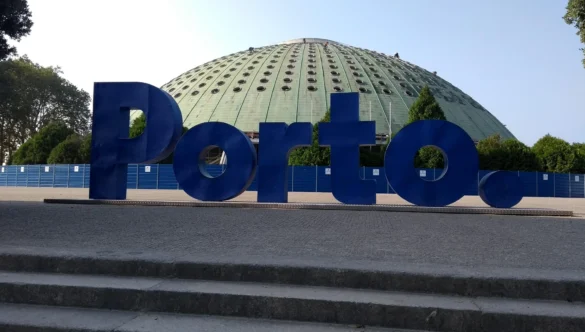
But wait, what are the others? And why are these used?
Let us explain this below. There is a very logically reason for this.
In Portuguese, normally a name of a town or city has no article. But indeed, Porto is one of the exceptions on this rule. Why? Well the Portuguese word for “port” is “porto”. So, to have no mistakes in the Portuguese language between the city and the port of city, for Porto there will be added an article in front if needed. For a masculine singular word it is "o". But, even in Portuguese the name of the city is Porto. Locals hate it when people call their city Oporto. Because it is Porto and nothing else.
History
Portus Cale
"The cradle of Portugal"
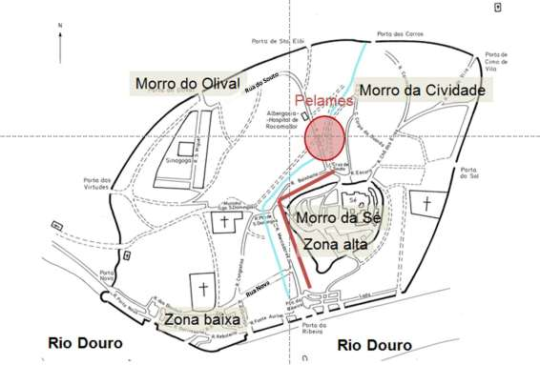
Probably the first inhabitants of the place already arrived around the 8th century BC. Morro da Sé, also called Cividade, was the place where the first colonists settled. Unfortunately, this region was demolished in 1940. The first name of this place was “Cale”, which is a celtic word for “Port”. In the 4th century were the first official signs of becoming a city. Now, it was part of the Roman Empire. They changed the name to a Latin variant: “Portus Cale” (Literal: Port of Cale). Because the city was a port located at the end of their empire. Later on, the city changed to Porto and the large region to Portucale. This is the name where Portugal comes from.
Invicta
"An invincible city"
Like a lot of cities, Porto also has a nickname: Invicta. In the 19th century, Porto has survived a civil war of 1 year and was invincible. Invicta is the Portuguese word for this, so they earned this name as respect of it.
Famous food
Tripas & Tripeiros
"The cradle of Portugal"
During the preparation of the conquest expedition from Portus Cale to Ceuta (North Africa), in 1415, everyone gave the best they had to the soldiers. So, they donated all the reserves of equipment and food they had. Now, they had only some basic products to make tripes to eat. From this moment, inhabitants from other cities called them “Tripeiros”. So, still today the locals of Porto are very proud about their nickname. A typical dish in Porto is Tripas a Modo do Porto.

Francesinha
"The Portuguese Croque Monsieur"
Another typical food product of Porto is the “Francesinha” (Literal : little Frenchwoman).
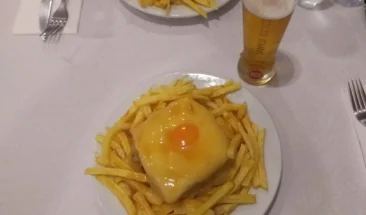
"Very popular in a fast way"
A French emigrant, Daniel David de Silva, who came back to Porto tried to tweak the “Croque Monsieur” to the Portuguese taste. He succeeded because this dish became very popular in a fast way. In the mean time it became associated with the city.
"Find the best Francesinha"
Now you can find it wherever you want in the city. But, the best place to taste the real Francesinha is in Café Santiago.
Port wine
"The famous fortified wine of the Douro Valley"

Finally, when we talk about food, of course, I can’t get around of the famous port wine. First of all, port wine is not made in Porto. It only is stored in the cellars of Vila Nova de Gaia (or Literal: New Cale Town), at the other side of the famous Ribeira of Porto. The vineyards of the grapes of the port wine are upwards the Douro river, more inside the country. Also, the wine will be produced in the Quinta’s over there.
"The oldest Port wine is from 17th century"
Most port wine houses are founded in the 18th and 19th century. But the oldest Port wine was already born in the first half of the 17th century. The oldest port house is Kopke and founded in 1638. So, Kopke is almost 400 years old.
"A protected product"
To be called as official Port wine, the cellar has to be in Vila Nova de Gaia and they must have an official seal of the IVDP (Instituto dos Vinhos do Douro e do Porto). I wrote a more detailed article about the Vinho do Porto, port wine, itself in this post.
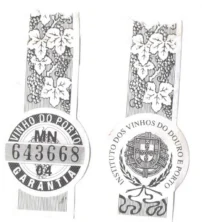
Read More
"Selected for you"
You want to read more and get noticed about the posts ideal for you. Subscribe to our newsletter. This is the ideal way to stay tuned about all our posts and videos in the spotlight and selected for you.
The content of this page is copyright of Lindo Portugal.
© 2023 lindoportugal.eu
With media content of Galeria Sámuel.

